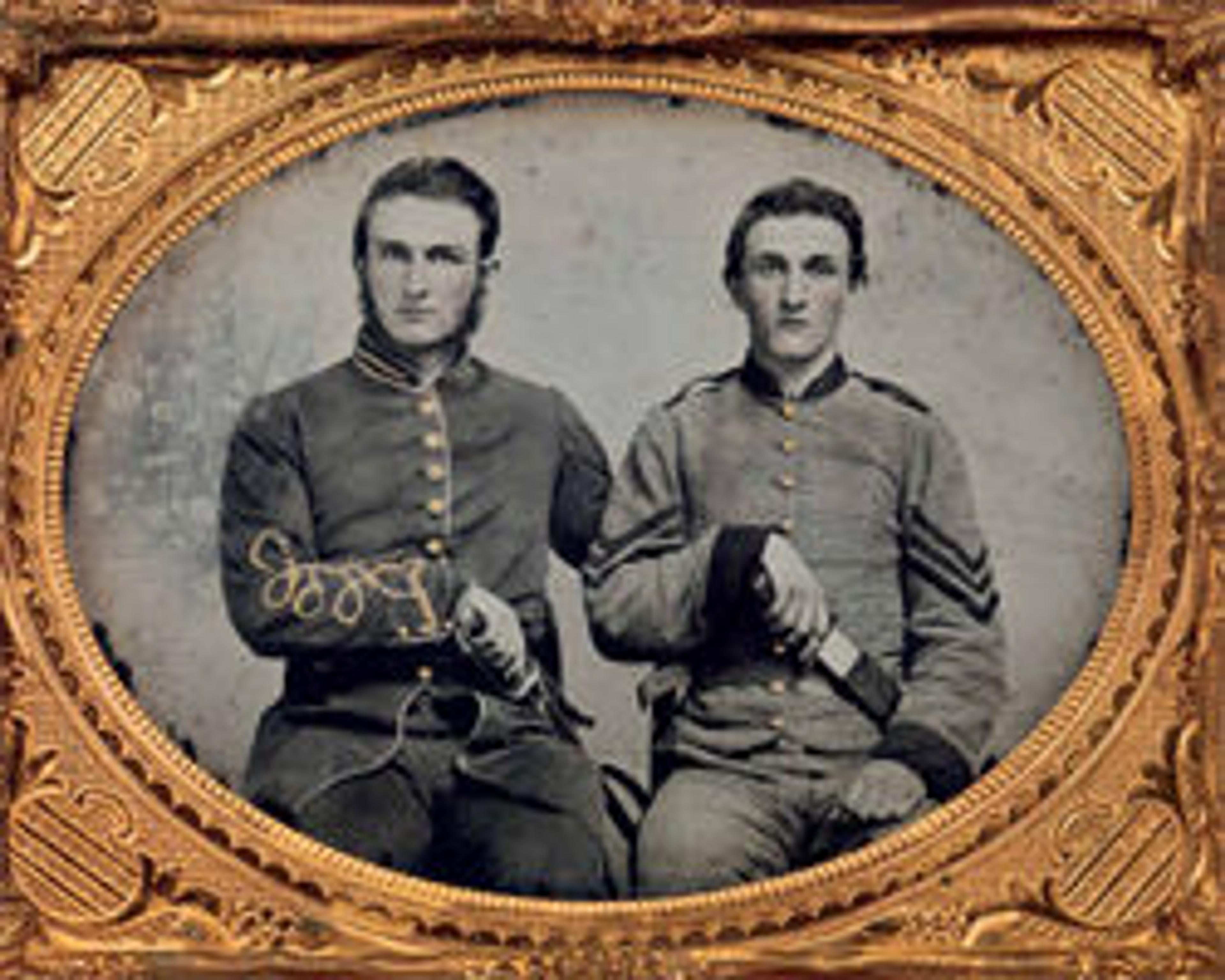Ruins of Richmond & Petersburg Railroad Bridge, Richmond, Virginia
Alexander Gardner, John Reekie, and other members of Gardner’s corps of photographers were the first to document Richmond, Virginia, after its evacuation by the Confederate government on April 2, 1865. Gardner had not been in the field with his cameras since leaving Gettysburg in July 1863. He arrived in Richmond on April 6 and worked for five days producing dozens of stereo and large-format views of the destroyed bridges across the James River and in the twenty square blocks of the city that came to be known as the “Burnt District.” While recording the destruction of the Confederate capital, Gardner would learn of Robert E. Lee’s surrender at Appomattox and of war’s end.
Artwork Details
- Title:Ruins of Richmond & Petersburg Railroad Bridge, Richmond, Virginia
- Artist:Alexander Gardner (American, Glasgow, Scotland 1821–1882 Washington, D.C.)
- Former Attribution:Formerly attributed to Mathew B. Brady (American, born Ireland, 1823?–1896 New York)
- Date:ca. 1865
- Medium:Albumen silver print from glass negative
- Dimensions:Image: 16.3 × 21.4 cm (6 7/16 × 8 7/16 in.)
- Classification:Photographs
- Credit Line:Harris Brisbane Dick Fund, 1933
- Object Number:33.65.22
- Curatorial Department: Photographs
More Artwork
Research Resources
The Met provides unparalleled resources for research and welcomes an international community of students and scholars. The Met's Open Access API is where creators and researchers can connect to the The Met collection. Open Access data and public domain images are available for unrestricted commercial and noncommercial use without permission or fee.
To request images under copyright and other restrictions, please use this Image Request form.
Feedback
We continue to research and examine historical and cultural context for objects in The Met collection. If you have comments or questions about this object record, please contact us using the form below. The Museum looks forward to receiving your comments.
